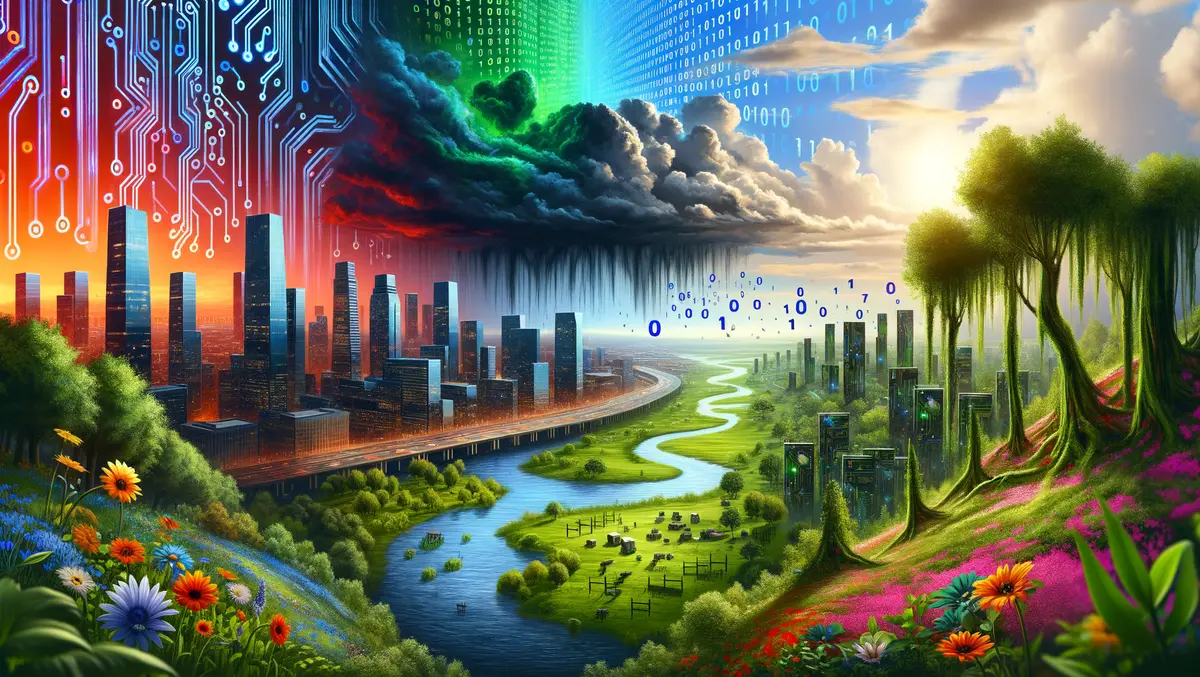As we paused to observe another Earth Day, it is sobering to consider that for all the benefits of artificial intelligence, one of its side effects is its impact on the environment, not only from the amount of energy and water it requires but also from the level of e-waste it contributes to.
This is a particularly urgent issue in Australia because not only is Australia one of the worst contributors to e-waste in the world, but we are also a leader in the data centre industry – the sector at the beating heart of AI. According to a report by the Institute of Sustainable Futures at the University of Technology Sydney, which Pure Storage commissioned in 2023, there is an alarming lack of awareness of the impact of IT and data centres on the environment.
Other reports indicated that, on average, each Australian contributes about 20 kilograms of e-waste annually – making us, per capita, the world's fourth-highest e-waste generator. Each household has about 17 electronic devices, but less than a quarter of them are recycled.
Without action, the unabated adoption of AI could push Australia even higher up the naughty list.
Embracing the Circular Economy
Let's turn our attention to e-waste and how we can tackle this problem. Recycling IT equipment offers a promising solution. By recycling, we can recover valuable materials like metals, plastics, and rare earth elements, reducing the need for resource extraction and the associated environmental impact. Furthermore, responsible recycling ensures that hazardous materials are disposed of safely, mitigating harm to the environment and human health.
At the heart of the solution lies the concept of the circular economy. The circular economy is a regenerative economic model designed to minimise waste and maximise the longevity of products and materials.
How Pure Storage Supports Recycling, Sustainability, and a Circular Economy
Pure Storage has always focused on doing what's right. In an era where technological innovations drive rapid obsolescence and contribute to the growing problem of e-waste, Pure Storage has emerged as a trailblazer in the fight against this environmental challenge.
Our Evergreen program has been a paradigm shift in the world of IT infrastructure. Thanks to this program, our customers are able to continuously upgrade their technology while minimising e-waste. Approximately 97% of Pure arrays deployed six years ago are still in service today. The industry average lifecycle for competing storage equipment is just 3 to 5 years.
We also design our products with sustainability in mind. Many of our components are used across our entire product line, which simplifies the manufacturing process. Our product manual fits onto one business card vs the hundreds to thousands of pages common in vendor documentation.
We also right-size the equipment necessary to meet each particular service level agreement. This extends the effective service lifetimes of a physical piece of equipment and significantly reduces e-waste. This results in a working lifespan of our products that is typically two to three times that of competing storage.
A final point I want to make is our ability to shrink data centres. Our arrays reduce rack space by as much as 97%, which not only reduces energy and power cooling requirements but also means much fewer racks and less e-waste.
Conclusion
Recycling IT equipment in a circular economy not only conserves valuable resources but also offers significant economic opportunities because it generates jobs in collection, refurbishment, recycling, and innovation. It can also present internal growth and promotional opportunities through companies' ESG programs.
Embracing the principles of the circular economy holds the key to addressing the challenges posed by e-waste while unlocking economic and environmental opportunities.
As technology continues to advance, it's imperative to prioritise responsible e-waste management, design for longevity and minimal initial footprint, and promote a circular economy mindset.


